Paolo Rocca
A Self-Replicating Single-Shape Tiling Technique for the Design of Highly Modular Planar Phased Arrays -- The Case of L-Shaped Rep-Tiles
Aug 18, 2022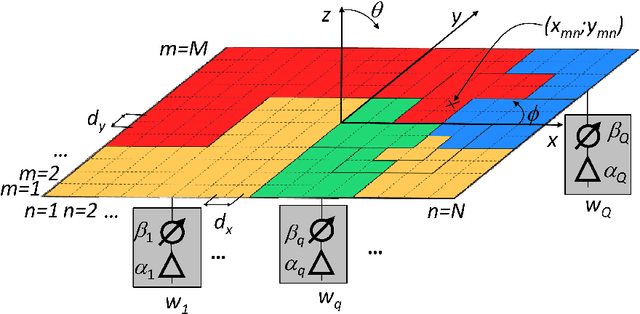


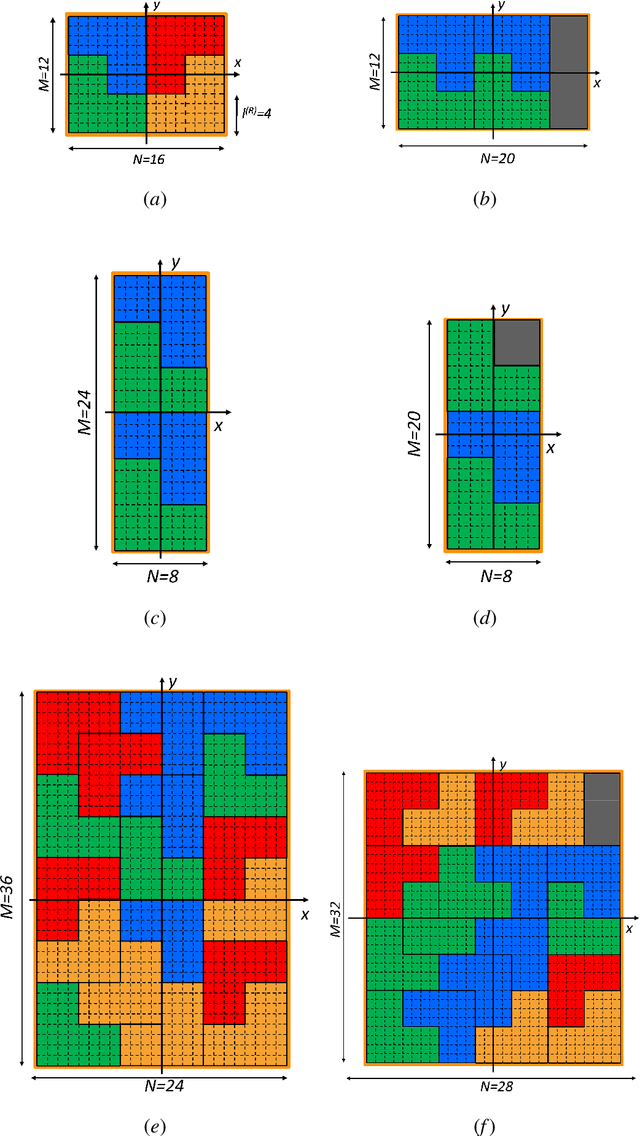
Abstract:The design of irregular planar phased arrays (PAs) characterized by a highly-modular architecture is addressed. By exploiting the property of self-replicating tile shapes, also known as rep-tiles, the arising array layouts consist of tiles having different sizes, but equal shape, all being generated by assembling a finite number of smaller and congruent copies of a single elementary building-block. Towards this end, a deterministic optimization strategy is used so that the arising rep-tile arrangement of the planar PA is an optimal trade-off between complexity, costs, and fitting of user-defined requirements on the radiated power pattern, while guaranteeing the complete overlay of the array aperture. As a representative instance, such a synthesis method is applied to tile rectangular apertures with L-shaped tromino tiles. A set of representative results, concerned with ideal and real antenna models, as well, is reported for validation purposes, but also to point out the possibility/effectiveness of the proposed approach, unlike state-of-the-art tiling techniques, to reliably handle large-size array apertures.
Array Antenna Power Pattern Analysis Through Quantum Computing
Jul 31, 2022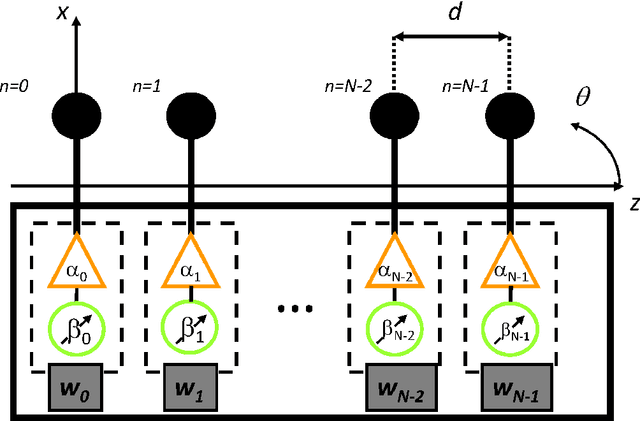
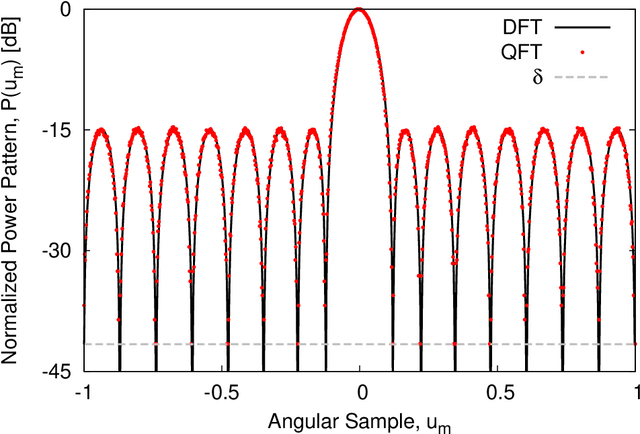
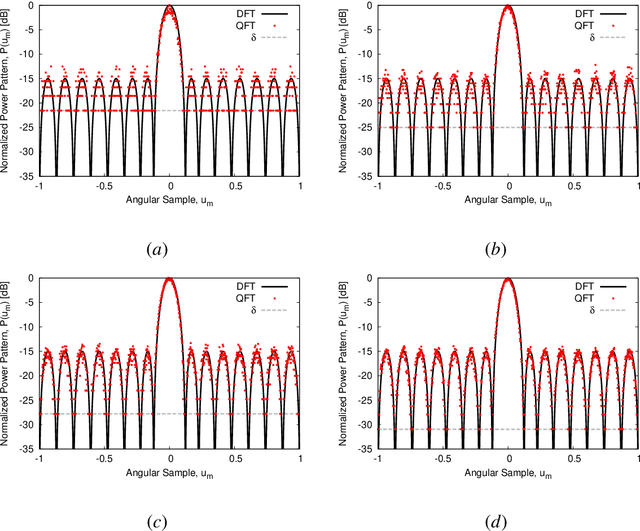
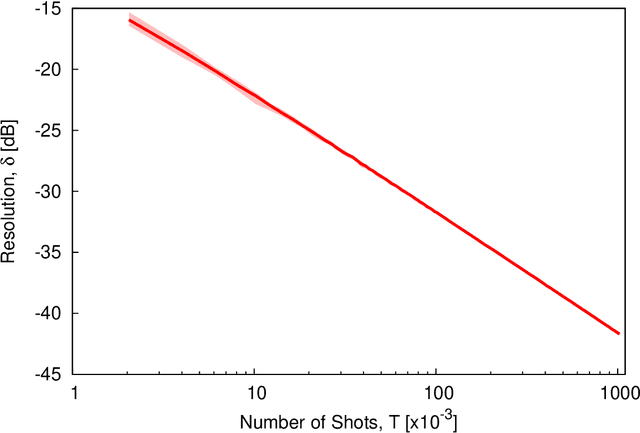
Abstract:A method for the analysis of the power pattern of phased array antennas (PAs) based on the quantum Fourier transform (QFT) is proposed. The computation of the power pattern given the set of complex excitations of the PA elements is addressed within the quantum computing (QC) framework by means of a customized procedure that exploits the quantum mechanics principles and theory. A representative set of numerical results, yielded with a quantum computer emulator, is reported and discussed to assess the reliability of the proposed method by pointing out its features in comparison with the classical approach based on the discrete Fourier transform (DFT), as well.
Spline-Shaped Microstrip Edge-Fed Antenna for 77 GHz Automotive Radar Systems
Jul 26, 2022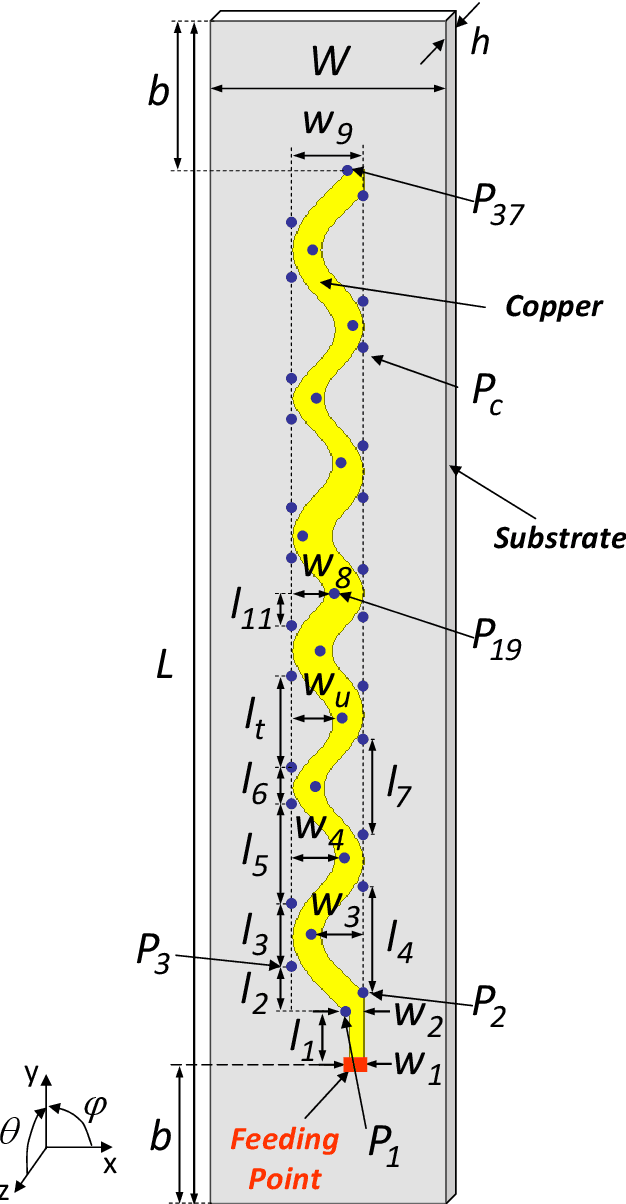


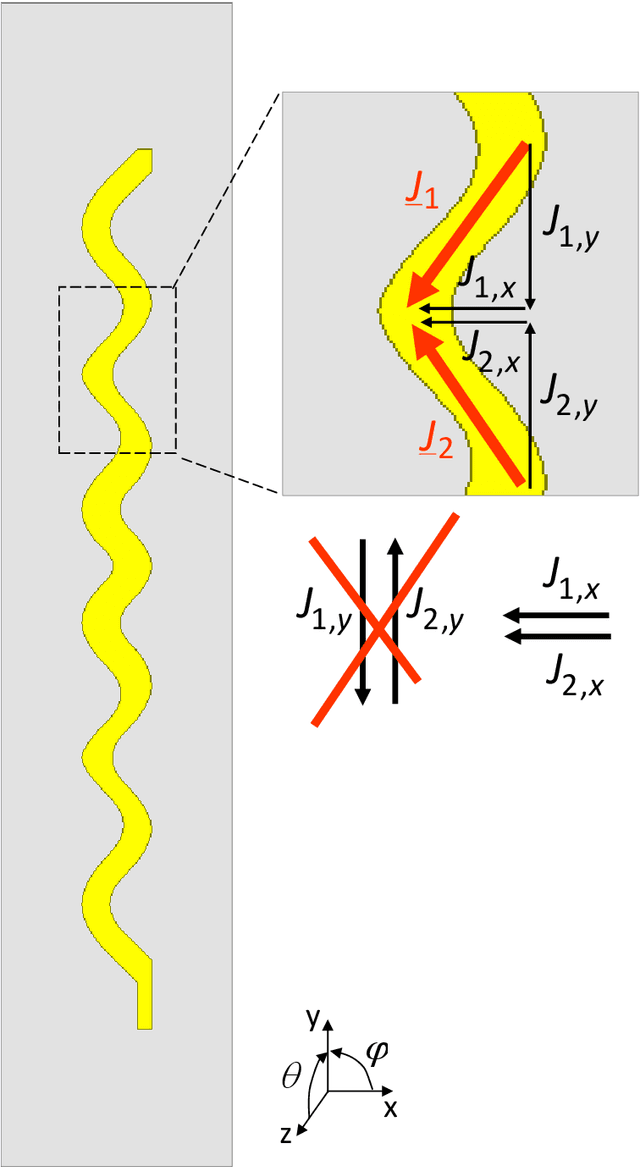
Abstract:An innovative millimeter-wave (mm-wave) microstrip edge-fed antenna (EFA) for 77 GHz automotive radars is proposed. The radiator contour is modeled with a sinusoidal spline-shaped (SS) profile characterized by a reduced number of geometrical descriptors, but still able to guarantee a high flexibility in the modeling for fulfilling challenging user-defined requirements. The SS-EFA descriptors are effectively and efficiently optimized with a customized implementation of the System-by-Design (SbD) paradigm. The synthesized EFA layout, integrated within a linear arrangement of identical replicas to account for the integration into the real radar system, exhibits suitable impedance matching, isolation, polarization purity, and stability of the beam shaping/pointing within the target band [76:78][GHz]. The experimental assessment, carried out with a Compact Antenna Test Range (CATR) system on a printed circuit board (PCB)-manufactured prototype, assess the reliability of the outcomes from the full-wave (FW) simulations as well as the suitability of the synthesized SS-EFA for automotive radars.
Modular Sparse Conical Multi-beam Phased Array Design for Air Traffic Control Radar
Aug 18, 2021



Abstract:The design of a conical phased array antenna for air traffic control (ATC) radar systems is addressed in this work. The array, characterized by a fully digital beam-forming (DBF) architecture, is composed of equal vertical modules consisting of linear sparse arrays able to generate on receive multiple instantaneous beams pointing along different elevation directions. The synthesis problem is cast in the Compressive Sensing (CS) framework to achieve the best trade-off between the antenna complexity (i.e., minimum number of array elements and/or radio frequency components) and radiation performance (i.e., matching of a set of reference patterns). Towards this aim, the positions of the array elements and the set of complex element excitations of each beam are jointly defined through a customized CS-based optimization tool. Representative numerical results, concerned with ideal as well as real antenna models, are reported and discussed to validate the proposed design strategy and point out the features of the deigned modular sparse arrays also in comparison with those obtained from conventional arrays with uniformly spaced elements.
Antenna Array Thinning Through Quantum Computing
Jul 09, 2021



Abstract:Thinning antenna arrays through quantum Fourier transform (QFT) is proposed. Given the lattice of the candidate locations for the array elements, the problem of selecting which antenna location has to be either occupied or not by an array element is formulated in the quantum computing (QC) framework and then addressed with an ad-hoc design method based on a suitable implementation of the QFT algorithm. Representative numerical results are presented and discussed to point out the features and the advantages of the proposed QC-based thinning technique.
Holographic Smart EM Skins for Advanced Beam Power Shaping in Next Generation Wireless Environments
Jun 21, 2021



Abstract:An innovative approach for the synthesis of inexpensive holographic smart electromagnetic (EM) skins with advanced beamforming features is proposed. The complex multiscale smart skin design is formulated within the Generalized Sheet Transition Condition (GSTC) framework as a combination of a mask-constrained isophoric inverse source problem and a micro-scale susceptibility dyadic optimization. The solution strategy integrates a local search procedure based on the iterative projection technique (IPT) and a System-by-Design (SbD)-based optimization loop for the identification of optimal metasurface descriptors matching the desired surface currents. The performance and the efficiency of the proposed approach are assessed in a set of representative test cases concerned with different smart skin apertures and target pattern masks.
 Add to Chrome
Add to Chrome Add to Firefox
Add to Firefox Add to Edge
Add to Edge